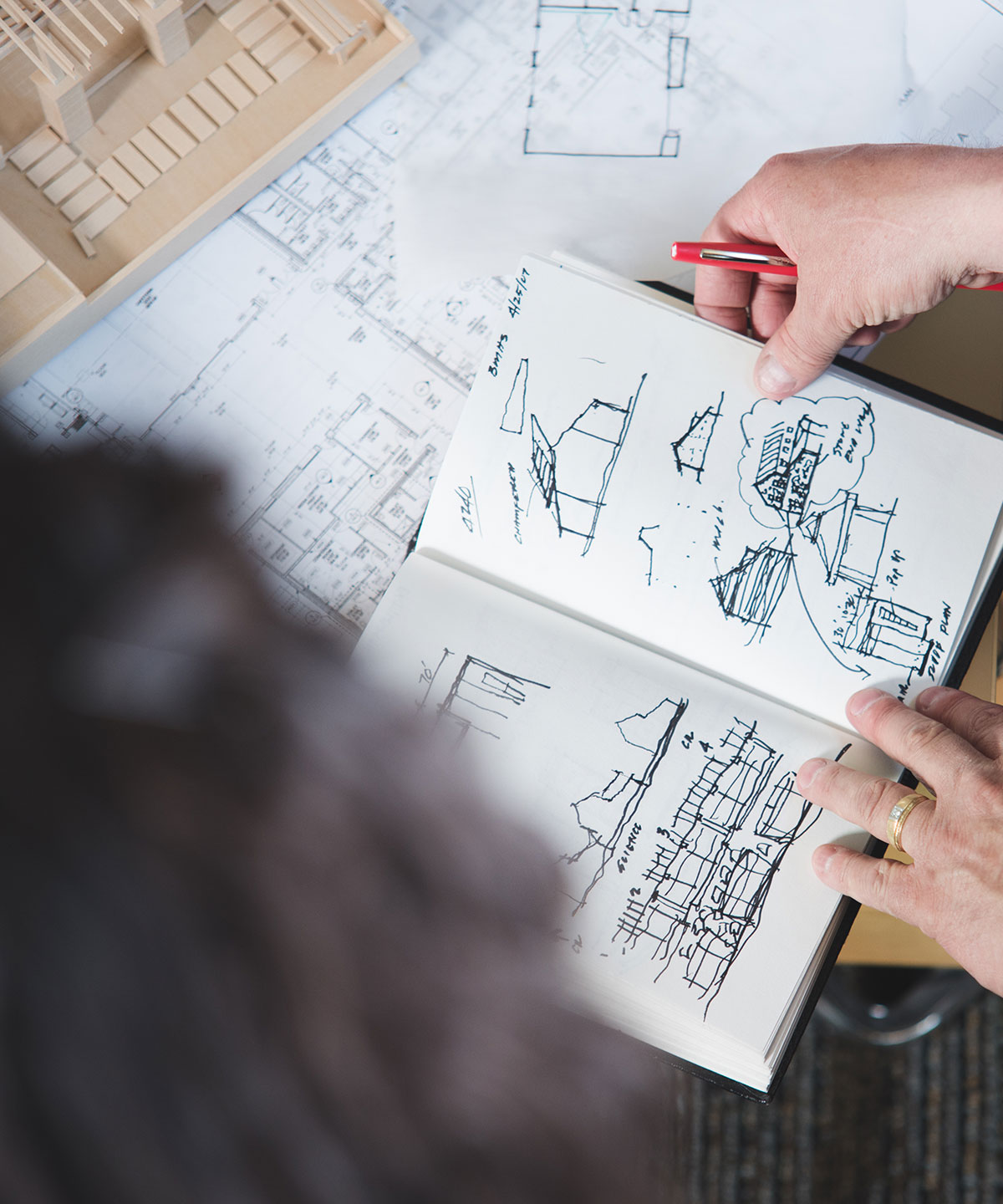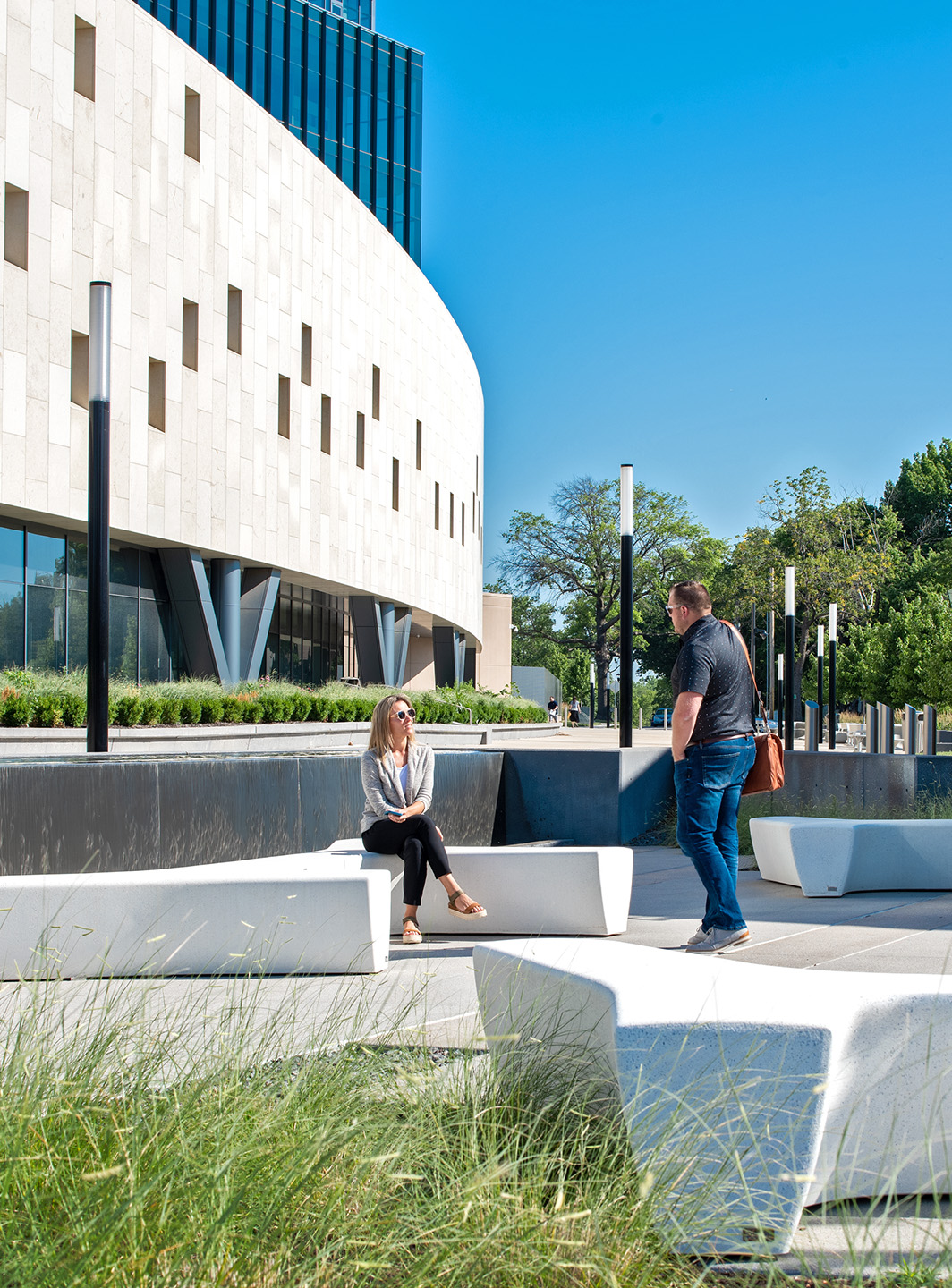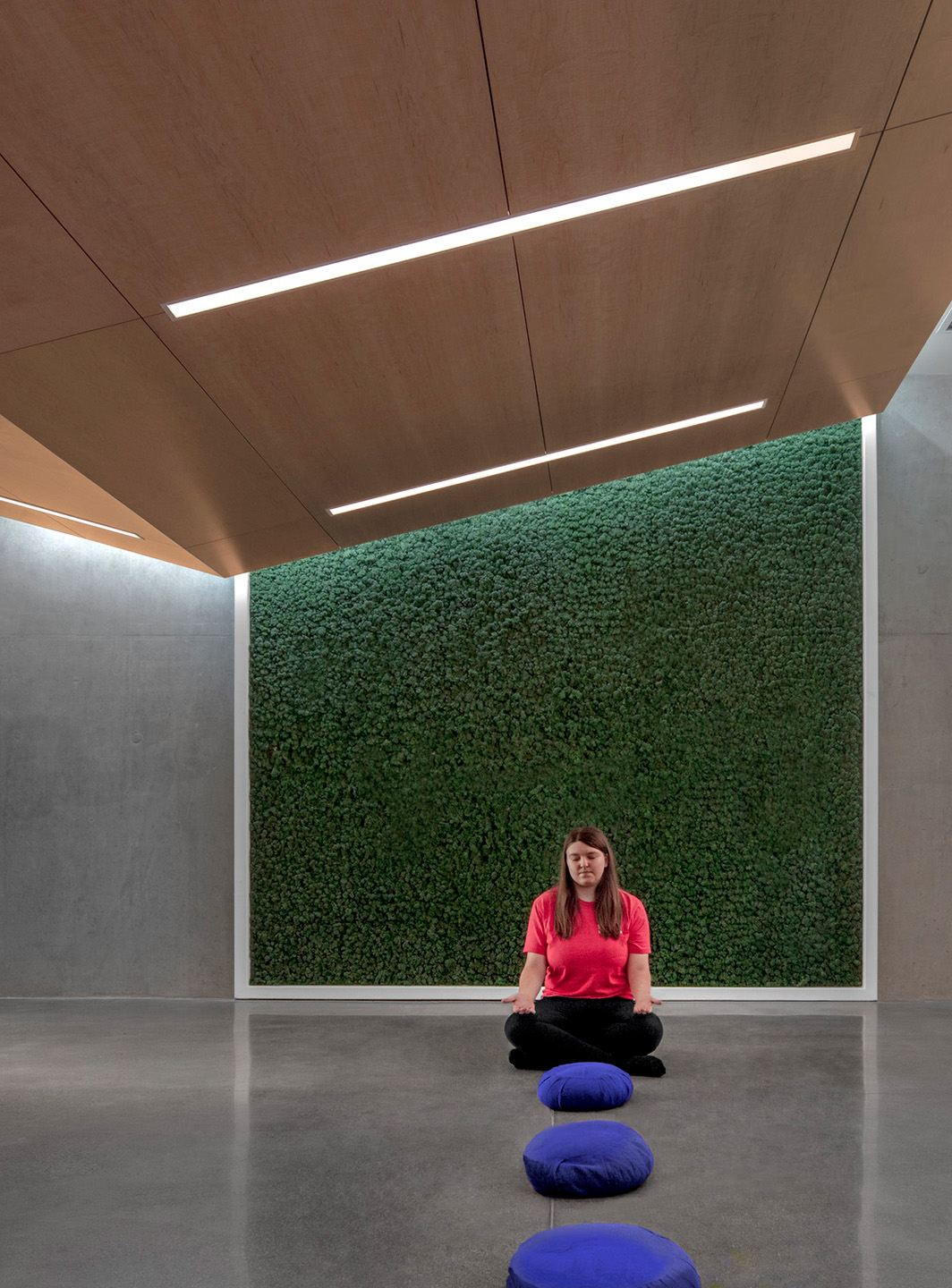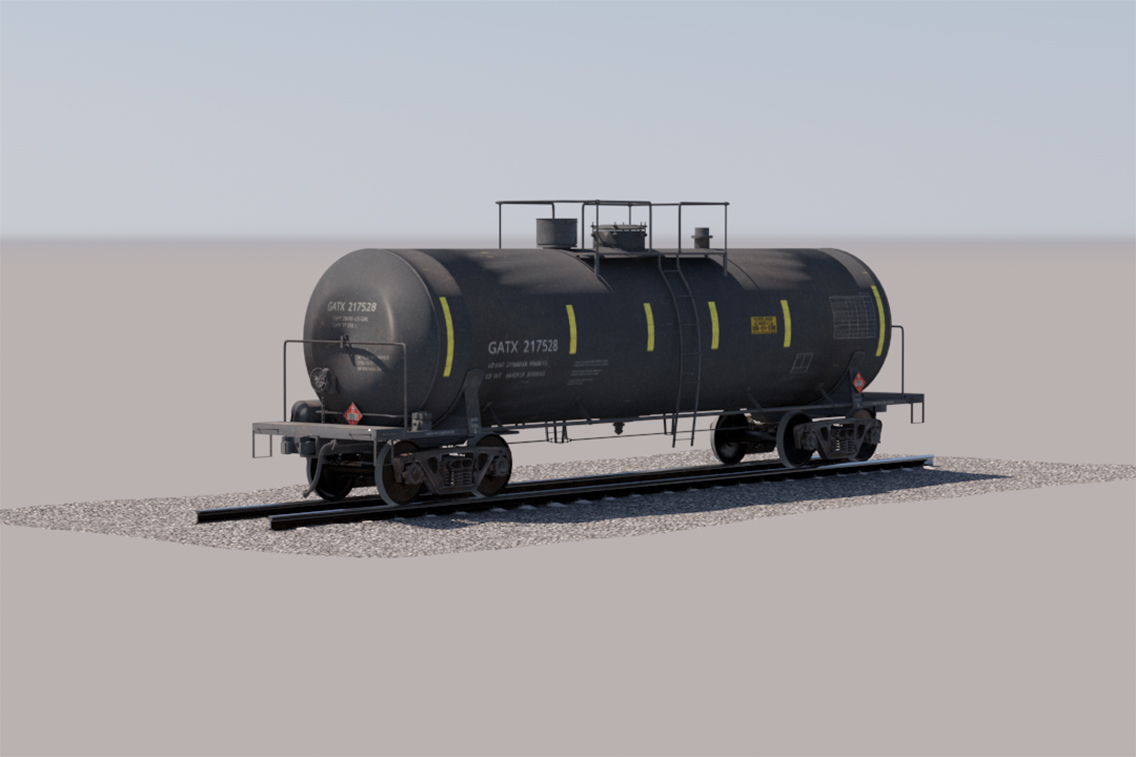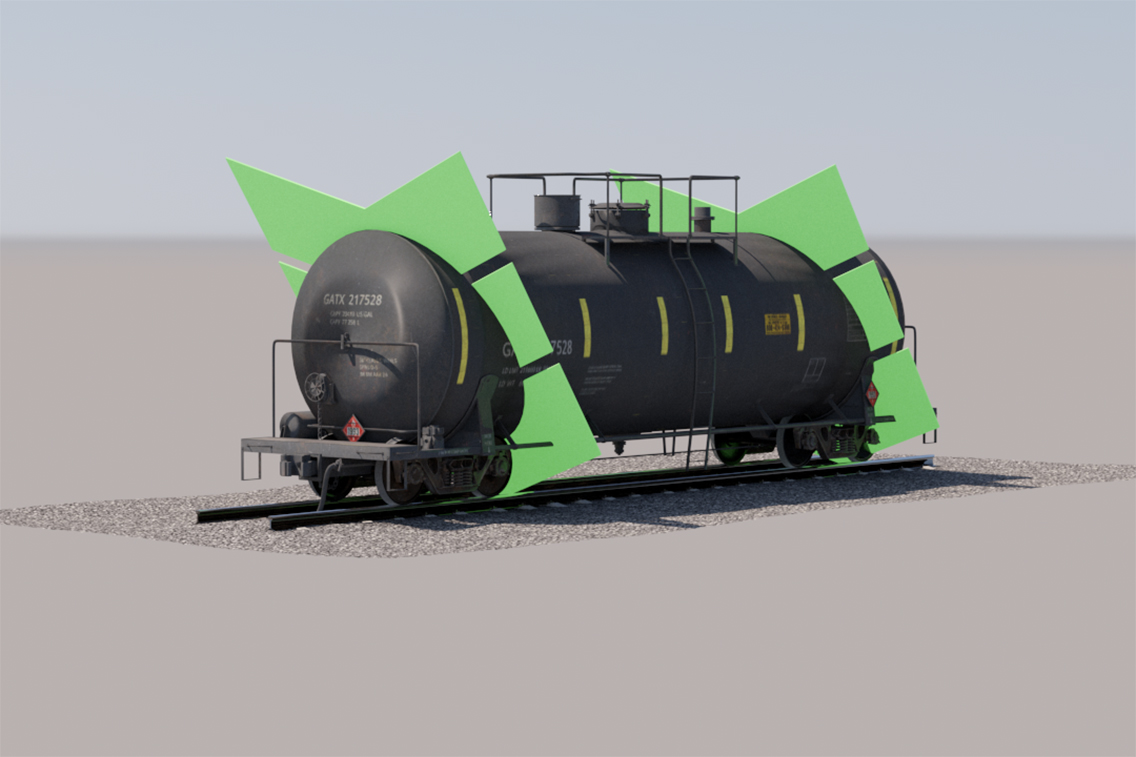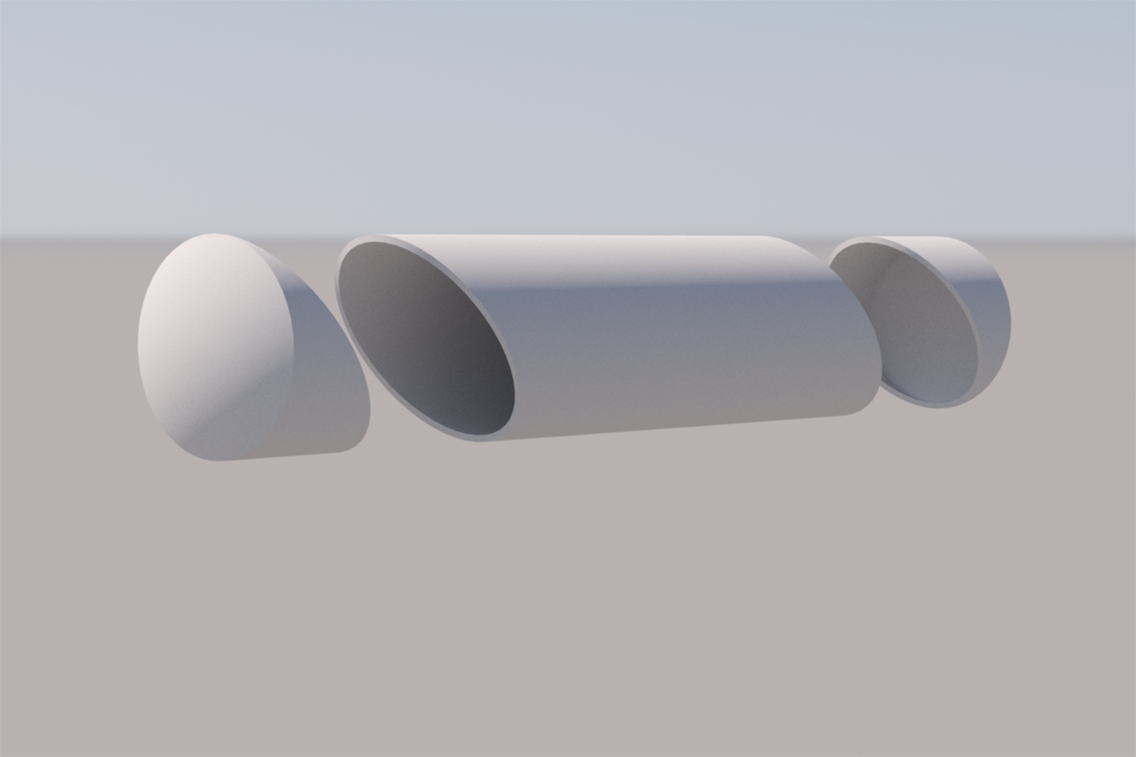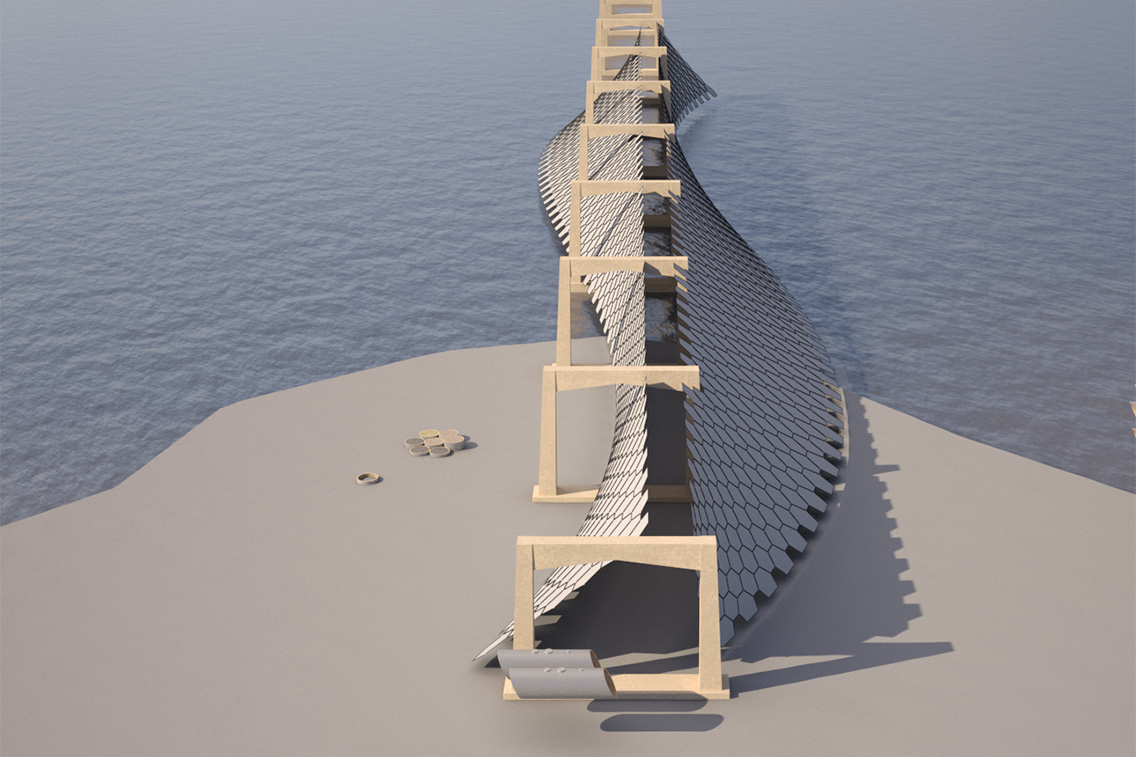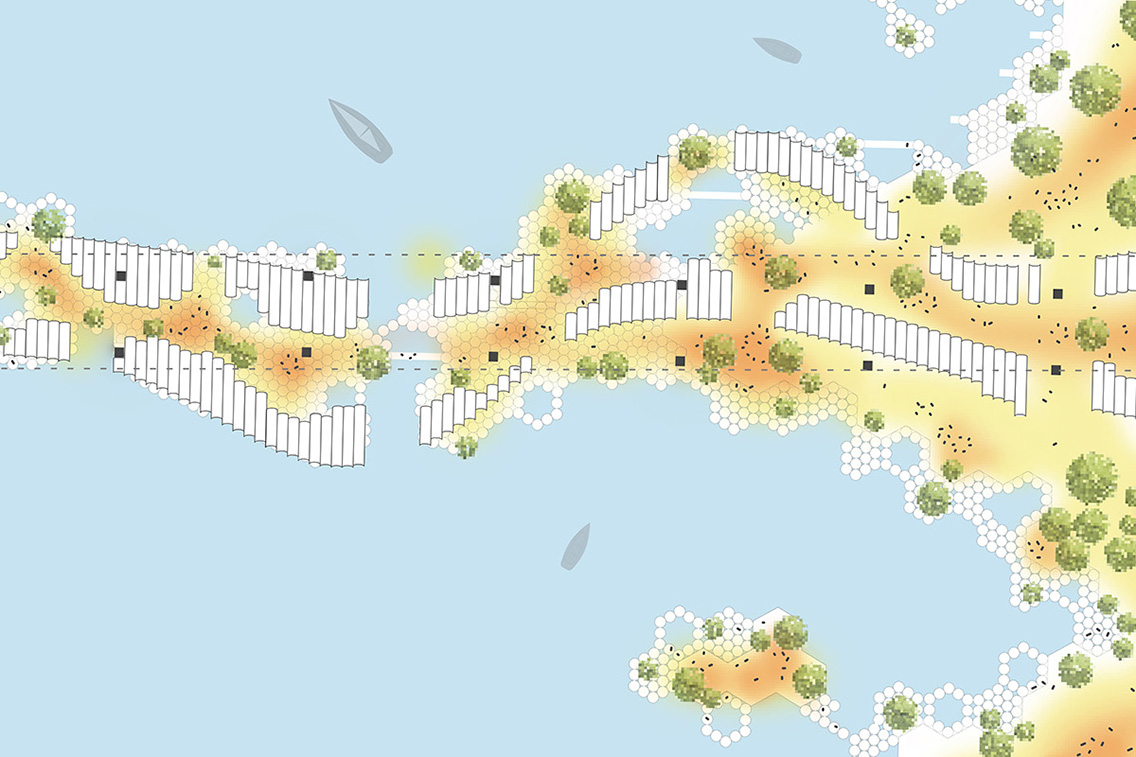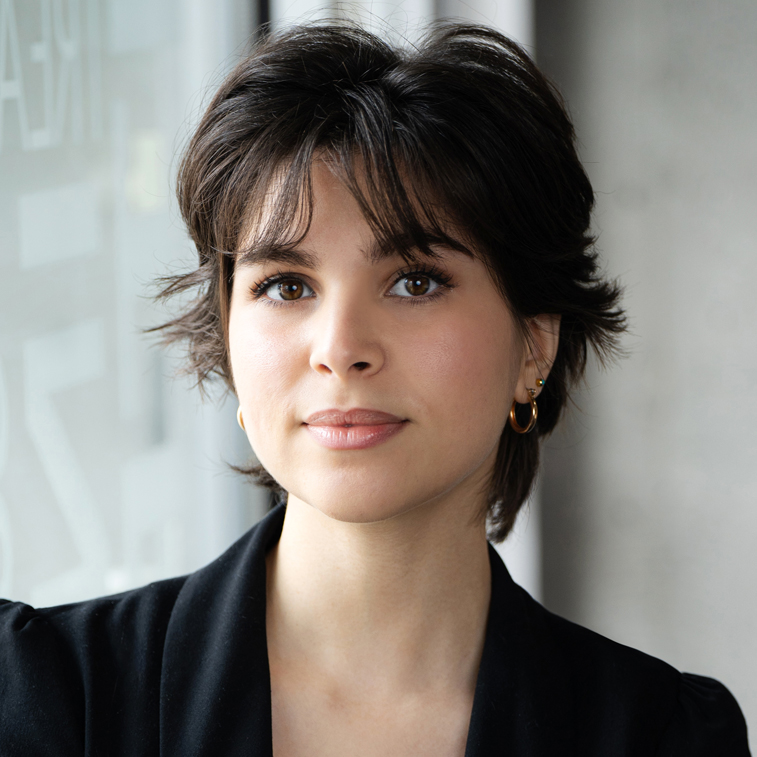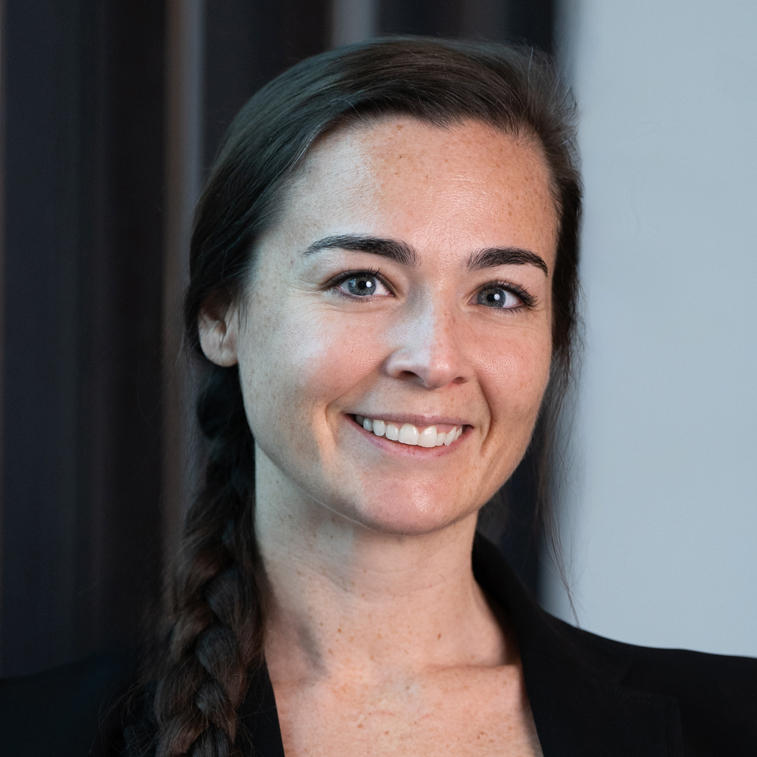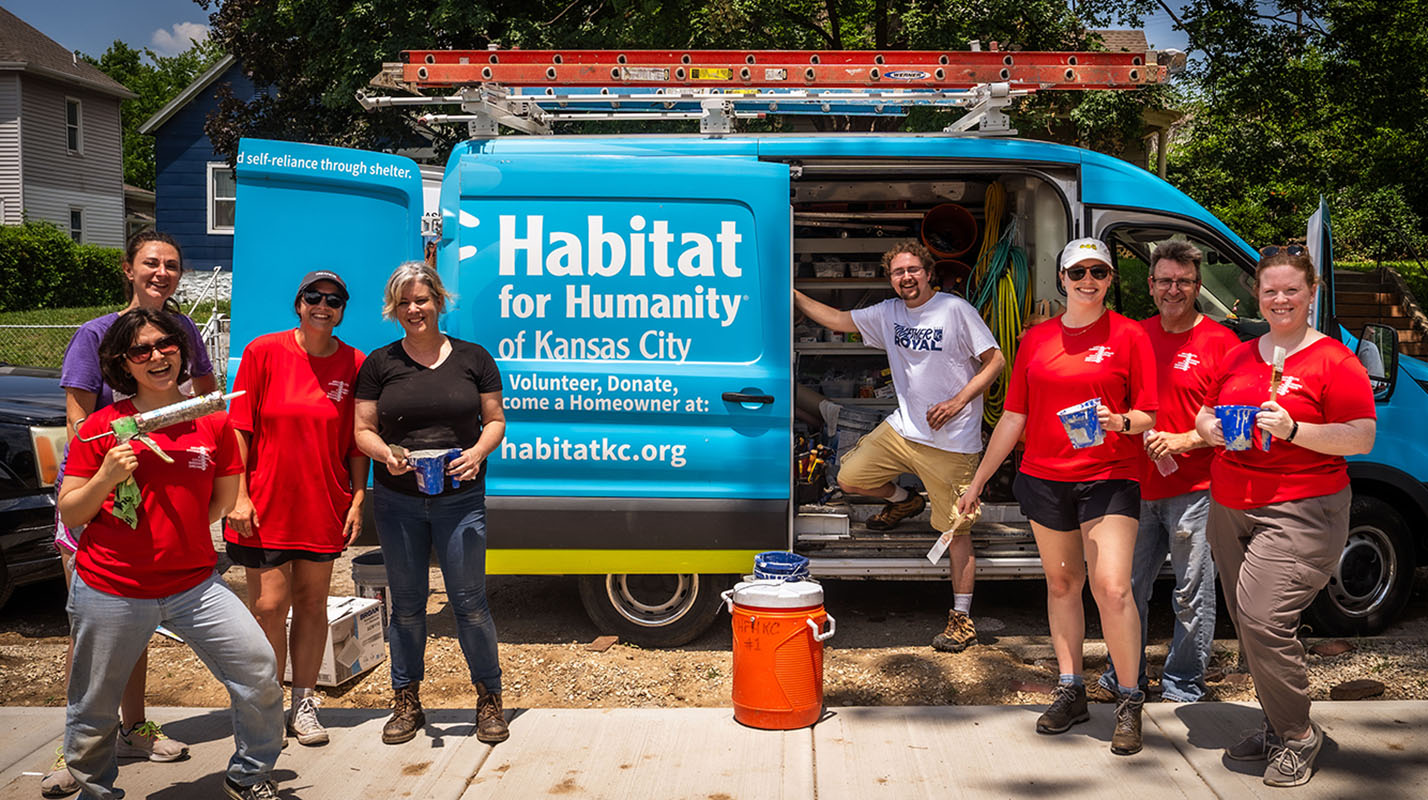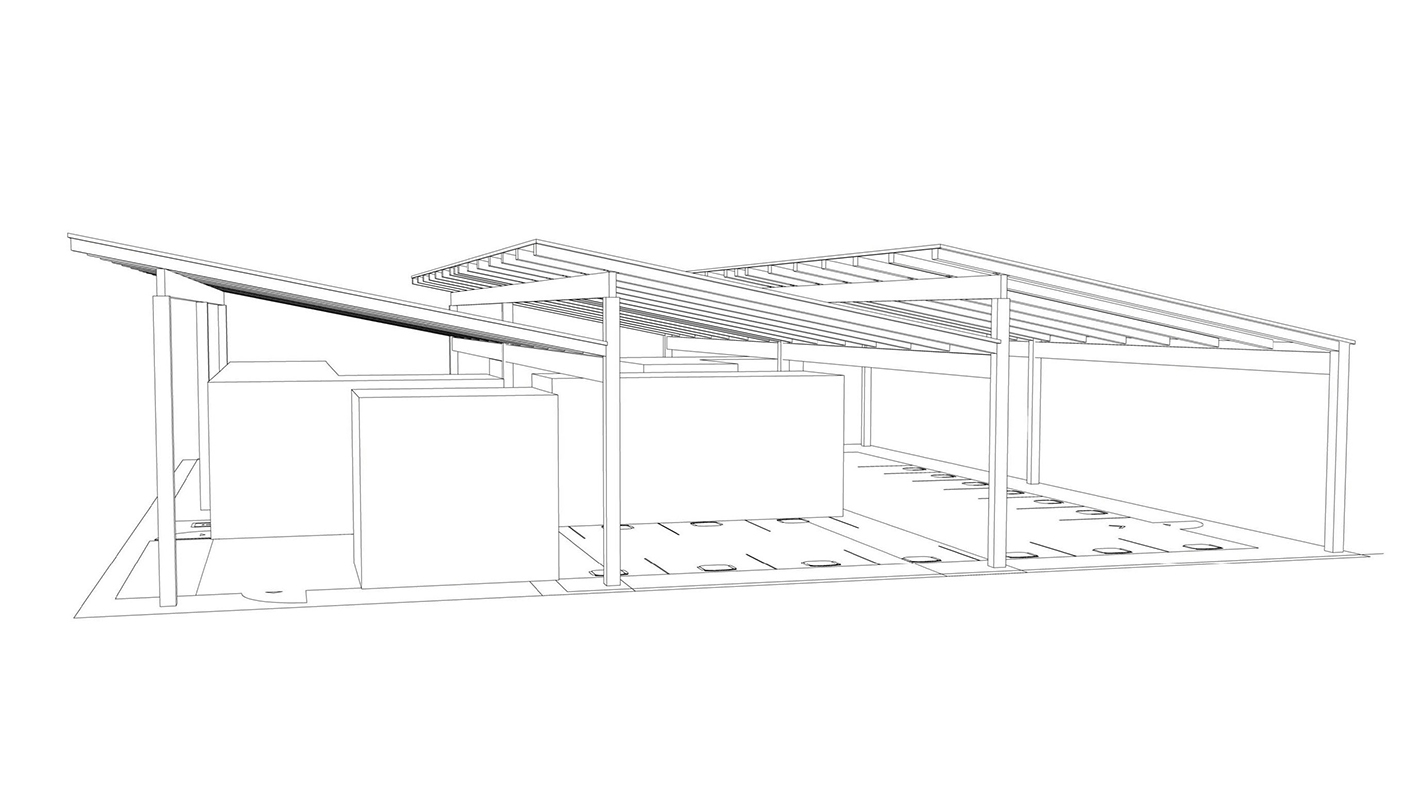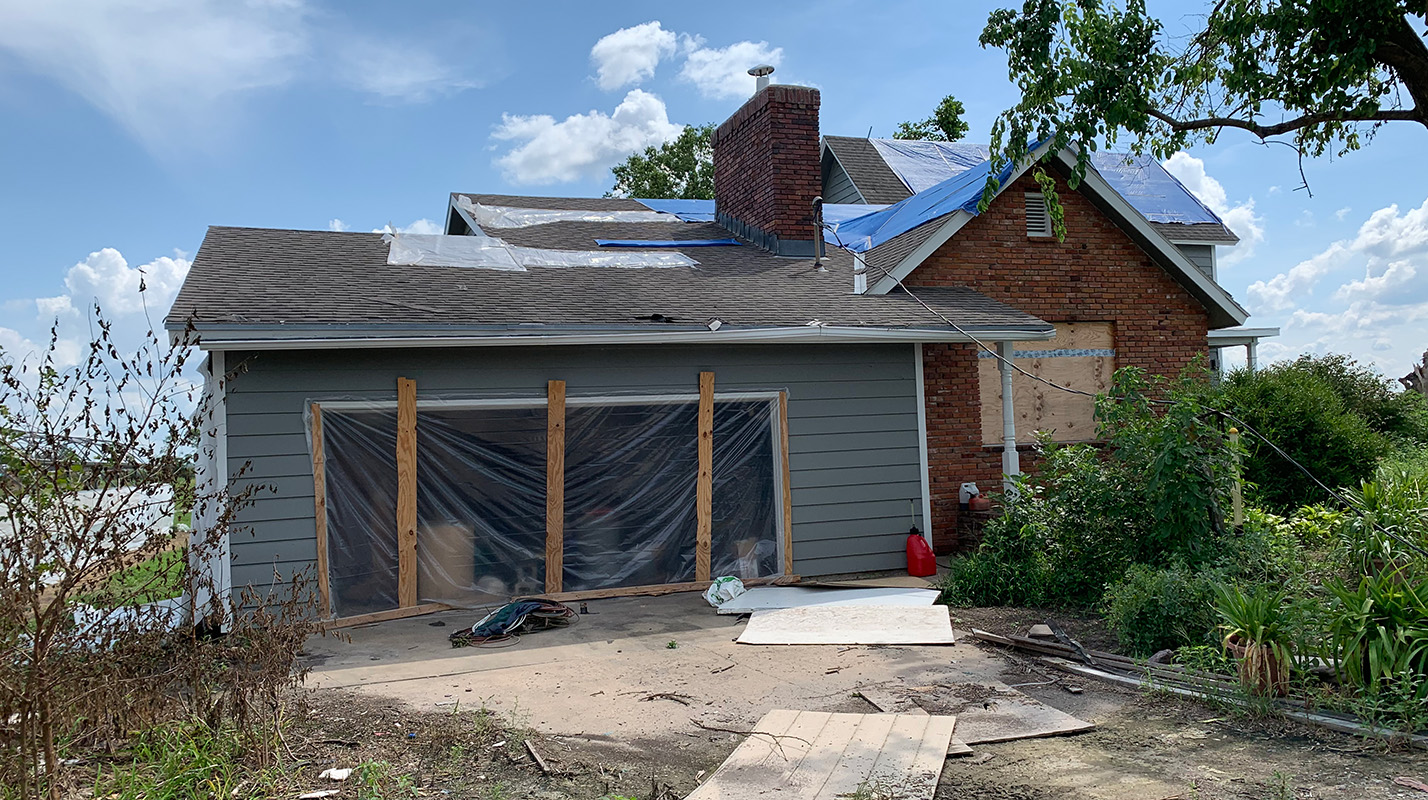Transforming bridges for affordable and sustainable housing
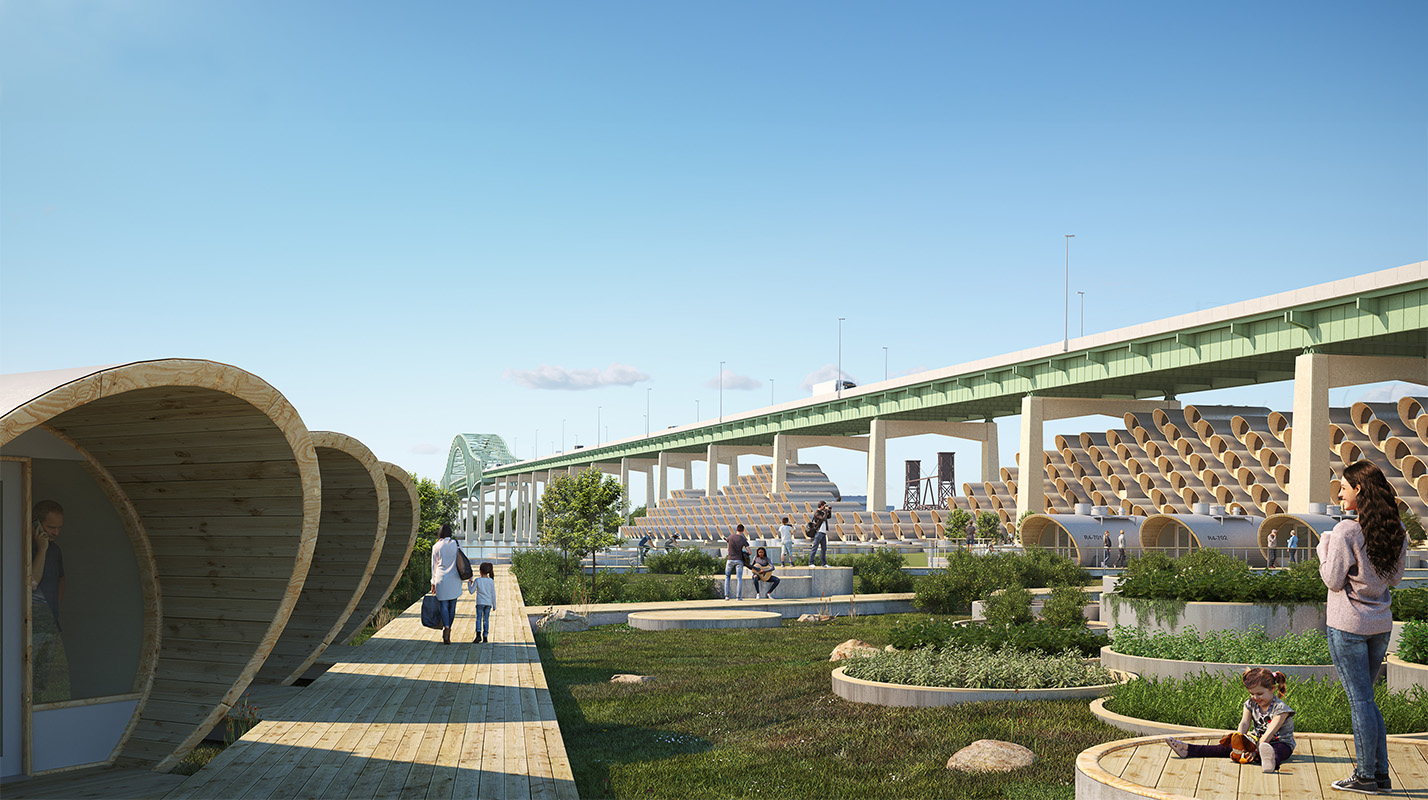
Addressing a community's need: the genesis of the Underbridge project
In urban centers across the globe, affordable housing is a persistent challenge. As cities continue to expand, underutilized spaces—such as the dormant, overshadowed areas beneath bridges—remain largely neglected. The Underbridge international architecture competition, hosted by Buildner, sought to change this by inviting architects and designers to reimagine these spaces, transforming them into vibrant communities. A talented design team at Treanor took up this challenge with enthusiasm. The result was R4, a project that not only redefines sustainable design but also offers a compelling solution to the affordable housing crisis beneath the Newark Bay Bridge in Bayonne, New Jersey.
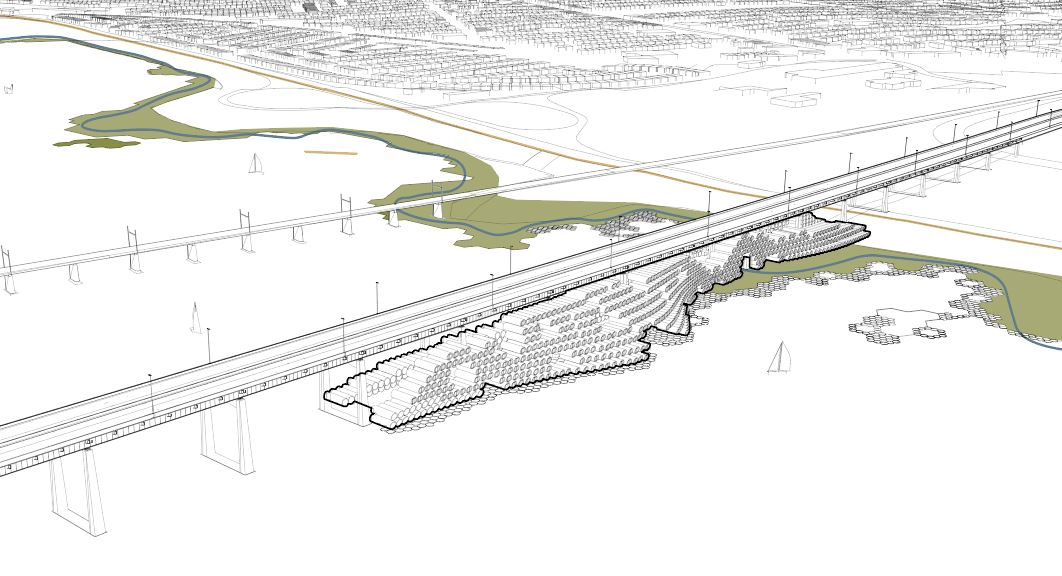
Shortlisted as 1 of 40 out of hundreds of submissions
As one of the top 40 shortlisted submissions out of hundreds worldwide, R4 stands as a testament to the Treanor team’s commitment to excellence and our belief in the transformative power of architecture. The project embodies how architecture achieves both precision and possibility through the skilled minds of dreamers and achievers like the R4 team.
At its core, R4 is more than just a design solution; it is a forward-thinking approach to affordable housing that challenges conventional norms and offers a blueprint for the future. Through projects like R4, we continue to push the boundaries of what is possible in architecture, creating smarter, more sustainable solutions that endure and inspire.
The vision behind R4: repurposing and redefining
R4, short for Repurpose, Rediscover, Reconnect, and Recover, is a design concept that seeks to transform discontinued oil tankers into livable communities under the Newark Bay Bridge. This site was strategically chosen because of its proximity to essential services, including health facilities, public transit, educational institutions, and green spaces. The area’s dense population and potential for growth made it an ideal location for introducing additional affordable housing.
At the heart of R4 is the idea of repurposing—taking what was once seen as obsolete and giving it new life. The project envisions oil tankers, once symbols of industrial utility, as the building blocks of a sustainable and socially equitable community. This transformation is not merely cosmetic; it is a comprehensive rethinking of how these massive structures can serve a new purpose—one that is deeply connected to the natural environment and the needs of the community.
Design solutions: bridging the gap between utility and beauty
R4’s design narrative is a testament to the power of architecture to inspire positive change. The project’s approach to sustainability is multifaceted, addressing environmental concerns while fostering social equity. The repurposed oil tankers, with their wave-like massing, create a visual connection between the water’s edge and the urban landscape. This design choice is not only aesthetically pleasing but also serves to bridge the gap between the past and the future, the utilitarian and the organic.
Key to the success of R4 is its focus on adaptability and ecological stewardship. The concept is designed to harness ambient vibrations generated by traffic on the bridge above, converting this energy into power for essential amenities. Additionally, the project includes thoughtful water management systems that make use of the river’s flow to sustain lush greenery and urban agriculture.
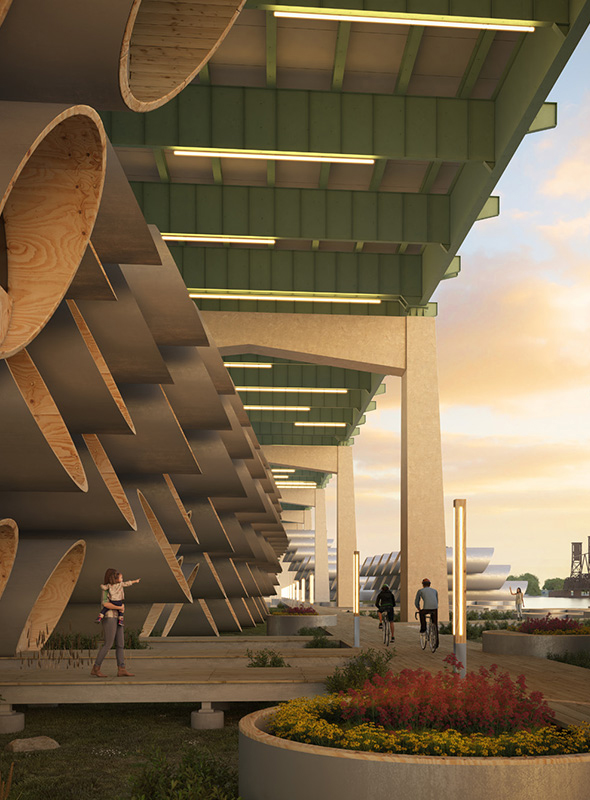
Trauma-informed design
By incorporating both nooks and compressed spaces alongside open areas, the design caters to individual comfort levels, promoting a sense of safety and well-being for all residents.
Native plants and gardens
Plants best suited to the local climate reduces the need for maintenance and supplemental irrigation, ensuring the landscape remains sustainable and environmentally friendly. Raised gardens, created from the discarded materials of the repurposed tankers, provide social spaces and help alleviate food desert conditions in the area.
Warm materials
The inclusion of wood finishes adds a natural, tactile quality to the built environment, softening the industrial origins of the repurposed tankers.
Varied density
By varying the density of the housing units, the design allows light and air to flow freely, maintaining views of the public park, the city, and the sky, thus enhancing the overall livability of the space.
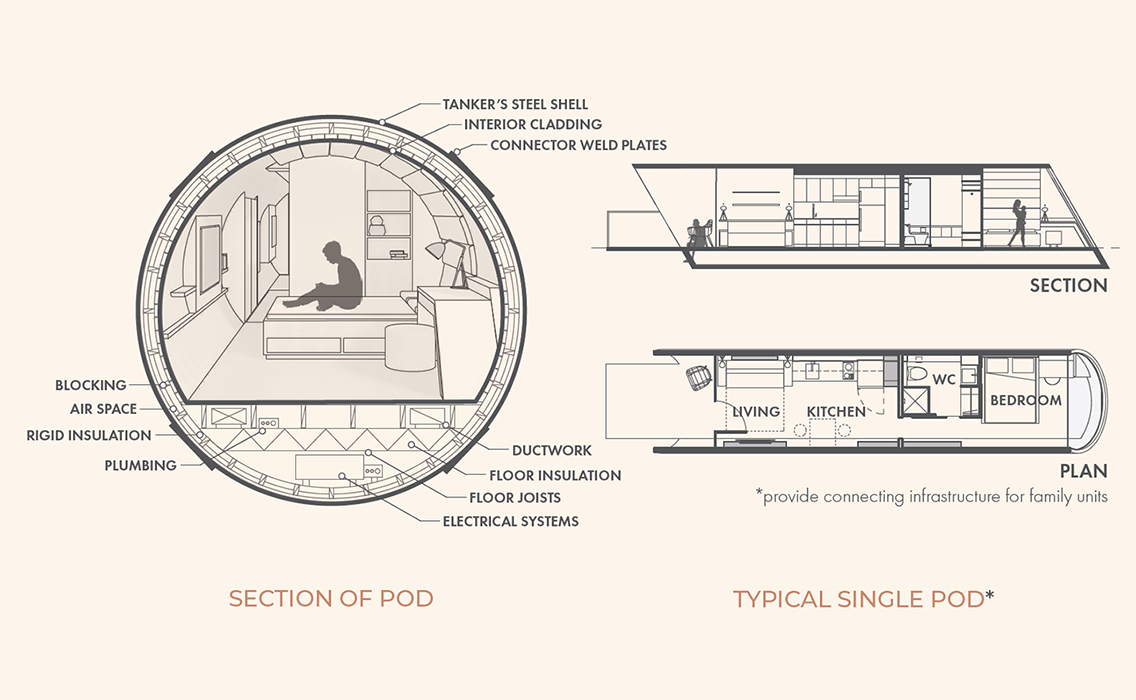
Our design team was a diverse group of both design and non-design professionals. How we ranked in the competition was important to us, but beyond that, this was a successful exercise that demonstrated our ability to innovate regardless of expertise or geographic boundaries.
Joel Gray, Visualization Manager at Treanor
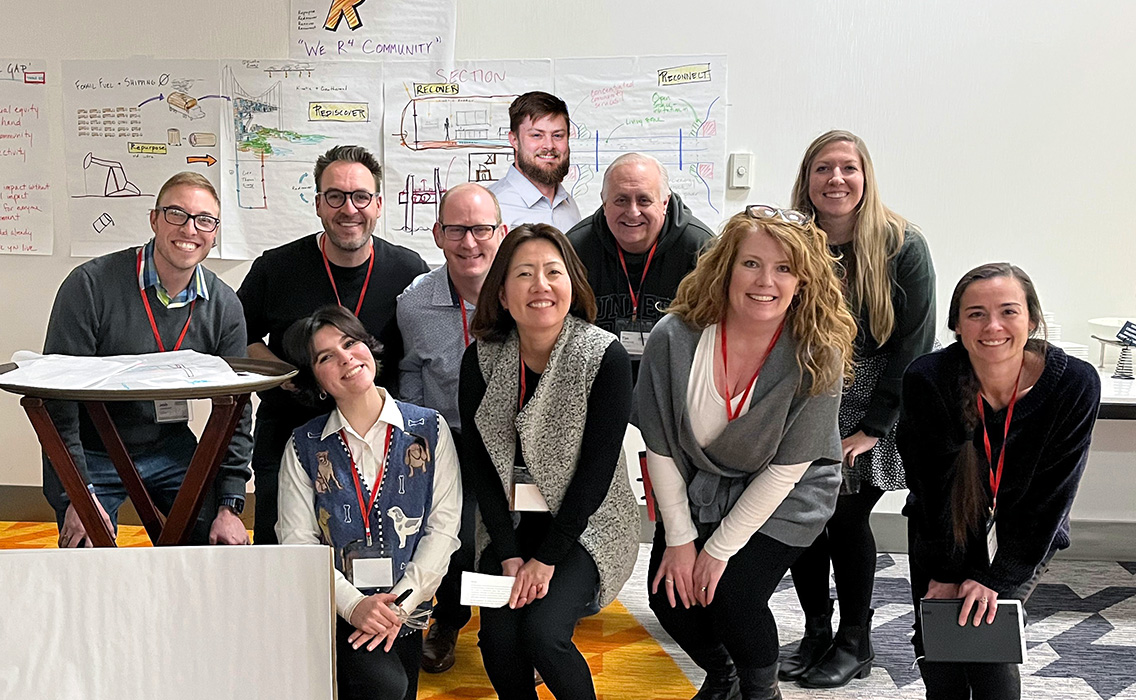
A collaborative effort: meet the team behind R4
R4 was the result of a collaborative effort by a diverse team at Treanor, bringing together professionals with various backgrounds and experience. The project not only highlights our ability to innovate but also demonstrates the power of collaboration in overcoming challenges and achieving a shared vision.
We were able to pull on what we knew, but further develop and flex into areas of curiosity, and that was a ton of fun for me! I enjoyed submitting to a competition seeking to address and solve major societal challenges, in this case, affordable housing and underutilized environments.
Sarah Long, Senior Associate at Treanor
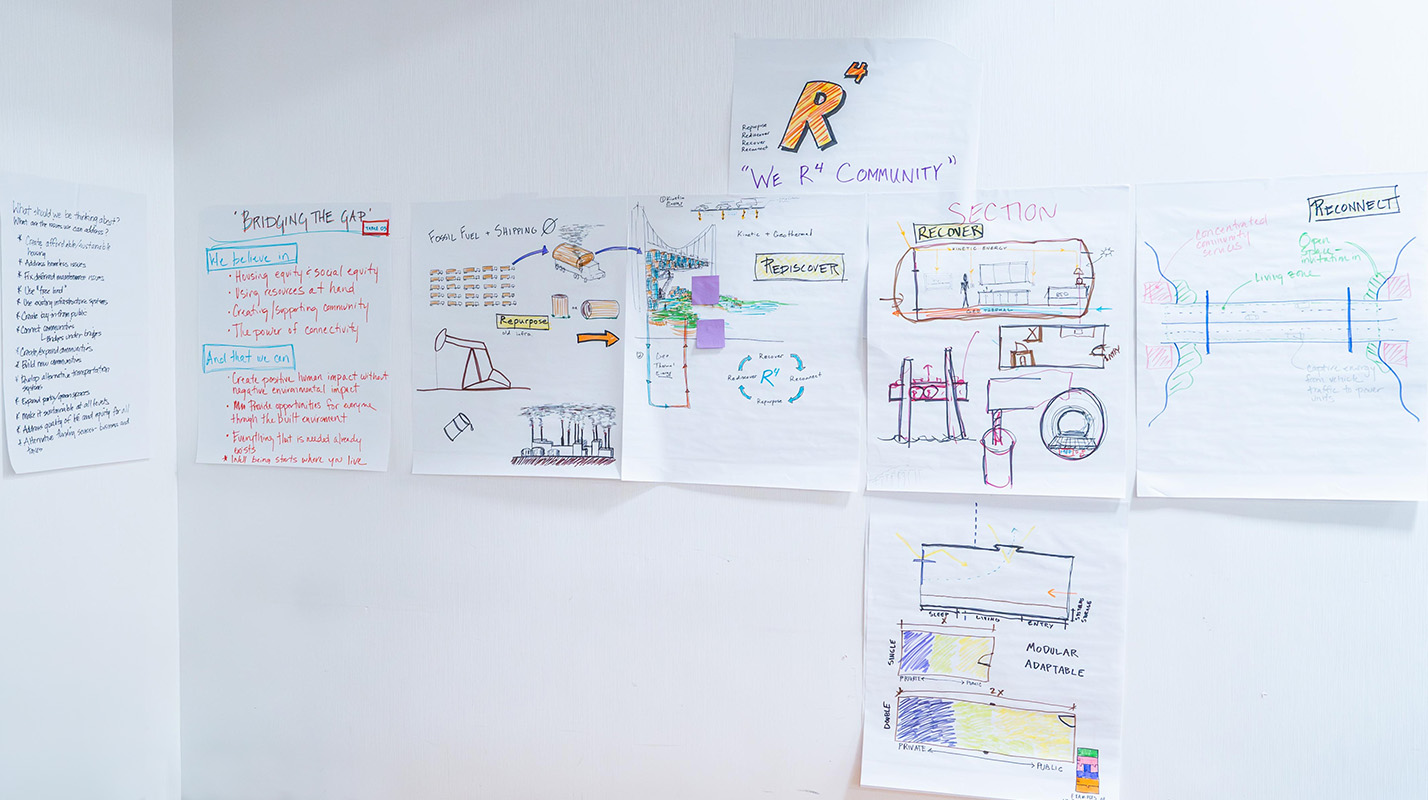
Why R4 matters: the impact on community and beyond
The significance of R4 extends beyond its innovative design and sustainable practices. This project addresses broader societal challenges, such as housing insecurity and the need for communal healing. By providing affordable housing in an urban area with limited space, R4 not only meets the immediate needs of the community but also sets a precedent for future developments.
The project’s emphasis on community engagement and public spaces fosters a sense of collective ownership and pride among residents. It encourages interaction between the new housing community and the broader public, creating a vibrant, inclusive environment that enhances the overall quality of life.
R4 demonstrates how architecture can be a force for positive change, inspiring other cities to rethink their underutilized spaces. The project’s success in the Underbridge competition underscores the importance of innovative thinking in addressing global challenges, and it serves as a beacon of hope for communities facing similar issues around the world.
It alludes to the possibilities of renewable and sustainable energies that engage within a space and provide the life and energy it once lost. The design reimagines what’s left to be discovered.
Josh Chandler, Architectural Designer at Treanor
Stay on the leading edge
Stay up to date on emerging trends, research, hot topics, and more delivered conveniently to your inbox.
"*" indicates required fields
